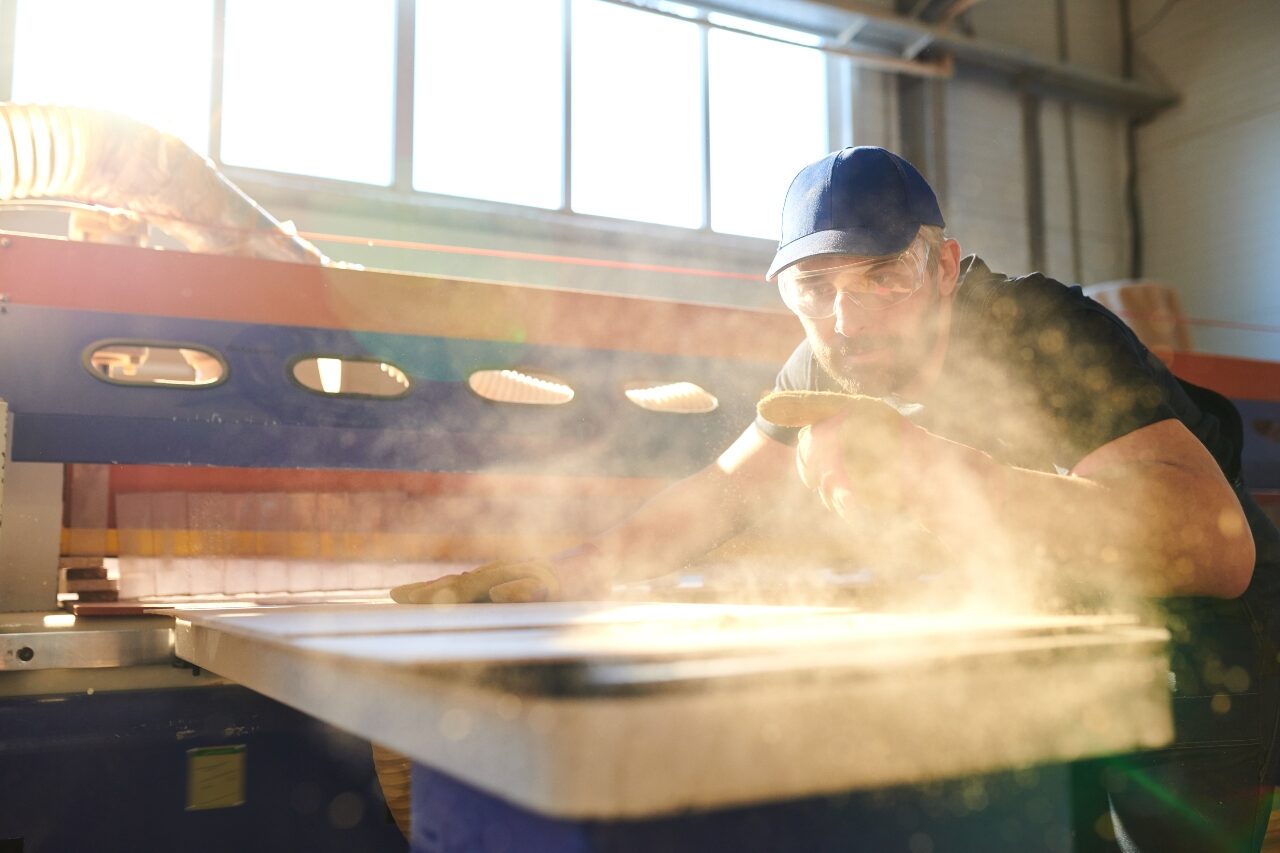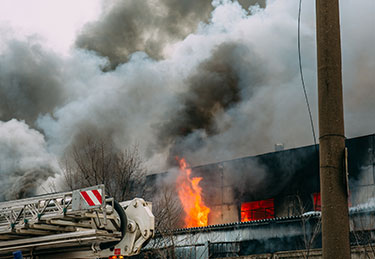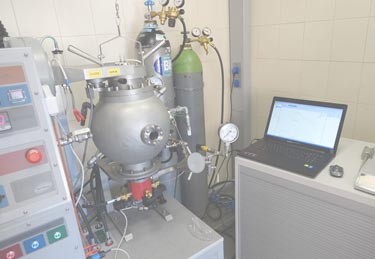Search
Dust Collector – friend or foe? A Lesson in Dust Explosion Safety

Now read this very carefully….
Statements 1:
We want to prevent dust clouds forming on plant, yes?
Preventing escape of airborne dust from your plant to workspaces and removing it is good, right?
Collecting all that unwanted dust in dust collectors/ bag houses is the way to go, OK?
Statement 2:
In a study of the history of dust explosions, the United States Chemical Safety Board found that in all industries identified as experiencing a dust explosion between 1980 and 2005, dust collectors are the equipment most often involved in incidents [ref 1]; In 2005, Zalosh et al. (2005) reported that dust collectors account for more than 40 percent of all dust explosions [ref 2].
As many of you will already have spotted, these 2 opening propositions can both be valid. They are not contradictory in any way; yet reading these statements together serves to highlight a really important point. Avoiding the formation of potentially explosible dust clouds during processing matters a lot, but what you do with all that dust you’ve removed is just as important. If you are not careful you could simply be moving your dust explosion problem from one place to another!
Everyone who’s ever needed to consider the dust explosion hazards at their facility will have quickly understood that most powders can present a dust explosion or flash fire risk. Of course, to present such risk, your powder needs to be explosible (most are) and has to be dispersed in air above a certain minimum concentration level. Initiation of a dust explosion also requires a strong enough ignition source to get the explosion underway.
Powder explosibility testing is used as part of the Dust Hazards Analysis (DHA) as required by NFPA 652, ‘Standard on the Fundamentals of Combustible Dust’, to answer such questions as:
- Is my powder capable of dust explosion at all?
- Is my powder present in sufficient concentration to support a dust explosion?
- What credible ignition sources could I have with enough energy to ignite a dust explosion with powders I handle?
- Could my powders be ignited by the electrical equipment I have on plant or by static electricity perhaps?
- What would be the consequences (pressure effects) if I were to have a dust explosion at my facility? Will my plant disintegrate? Could my co-workers be injured or worse?
If you have a powder that can explode, you will have worked out that a dust explosion inside one of your process vessels, unless properly protected, will likely cause the vessel to disintegrate. This can lead to injury of operators either burned, displaced, or impacted by shrapnel picked-up in the explosion forces. You will probably also have realised that fugitive powder (escaped from process plant or spilled, perhaps) in the workspace and accumulated on floors and other surfaces is bad; It could become dispersed and lead to flash fire and secondary dust explosion in spaces where your operators work.
Enter the dust collector/ bag house/ dust filter!
Ah, I hear you remark! All we have to do is install a dust extraction system that will remove all this airborne dust from my process plant and from my workspace and I have got rid of my dust explosion risk.
Control by dilution and extraction is an important goal in most situations and the dust collector is an incredibly valuable tool we have at our disposal to help us do this. Although it is unlikely that we will be able to eliminate explosible dust clouds from inside all process plant and equipment, we can certainly reduce dust concentration in some plant and can usually remove fugitive dust to bring the risk of secondary dust explosion under control.
But there is a problem:
Dust concentration and particle size:
Many dust extraction systems will take all that unwanted dust and move it to a place where conditions could be ideal to support a dust explosion. Inside many dust collectors you have high (potentially explosible) dust concentrations and that dust, by design, will be the finest, most easily ignitable, and strongly explosible on your plant.
Collector of ignition sources:
Dust collectors can often be the place to which real ignition sources will ultimately find their way. We know, for example, that incandescent ‘sparks’, smoldering materials, self-heating materials, electrostatic sparks and more have been responsible for initiating dust explosion in dust collectors. Hot or glowing materials from upstream can be drawn with the air flow and end up in the dust collector, and some bag filters have been known to contain electrically isolated components where static electricity can accumulate.
Initiator of more explosions:
And finally, we note the strategic location of many dust collectors which can serve multiple process vessels. There is no doubt that under some circumstances, an explosion that begins inside a dust collector can then propagate back to other connected process vessels it serves, generating 2nd and 3rd explosions elsewhere on plant.
So, are all your efforts to control the dust explosion risk through installation of dust extraction and dust collectors in vain? Remember the opening statements in this option piece? …” dust collectors are the equipment most often involved in dust explosion incidents”.
The Solution
Dust extraction systems, including their associated dust collection equipment, have an essential role to play in the control of the dust explosion risk on plant. If properly designed and located, they will reduce and sometimes eliminate dangerous dispersed dust concentrations in process plant and workspaces. But as process safety professionals, we must be aware that simply having dust collectors is not enough. These bag houses and dust filter units will likely contain explosible concentrations of dust cloud either continuously or from time to time. What’s more, dust extraction systems can end up transporting ignition sources into the dust collectors, so it is essential that your Dust Hazards Assessment includes elimination of ignition sources for the whole plant as part of your basis for safe operation. Some companies have even installed ‘spark’ detection and extinguishing systems in the duct work that feeds their dust collectors. It must be understood that dust collectors are very real sources of dust explosions on plant and your Dust Hazards Analysis needs to allow for this.
Dust collection devices need to be located with thought, and ideally outside of buildings and well away from people. They frequently need to have explosion protection, be it explosion suppression, flameless vents, or indeed opening dust explosion vents; all being designed using dust explosion test data obtained in a specialist laboratory. They also must be designed to be of sufficient strength to withstand the (reduced) explosion pressure that WILL develop inside the unit in the event of explosion. Any explosion vent that is designed to relieve the explosion pressure will, if it operates, discharge a fireball of hot gases and burning dust and will create a local pressure rise which has to be directed to a place from where personnel are excluded.
Another thing to consider in your DHA is to review the risk of propagation of explosion from the dust collection unit, if one were to begin there, back into the production building and equipment through the dust extraction system itself (and even through the clean air return). There are explosion isolation systems and diverter valves commercially available that can be installed in dust extraction ductwork that will prevent back propagation of flame and pressure to protect interconnected process plant.
It is clear that dust extraction and dust collection has a huge role to play in improving safety on plant and reducing the risks associated with dust explosions. Your dust extraction and collection system must be properly designed, however. Indeed, a badly designed or located dust collector can continue to put people and your business at risk.
References
- Investigation Report Combustible Dust Hazard Study, Report No. 2006-H-1, November 2006. U.S. Chemical Safety and Hazard Investigation Board
- Zalosh et al. Dust Explosion Scenarios and Case Histories in the CCPS Guidelines for Safe Handling of Powders and Bulk Solids,” 39th AIChE – Loss Prevention Symposium Session on Dust Explosions, Atlanta, April 2005
- Die Rheinpfalz E-paper: https://www.rheinpfalz.de/lokal/karlsruhe_artikel,-hoher-schaden-nach-verpuffung-_arid,5192054.html

Get in touch
To learn more about our expertise and services in dust explosion prevention & mitigation, call us at +1 609 455 0001 or email us at [email protected] today.
We also offer tailored virtual and in-company process safety training programs on Dust Explosions, Static Electricity and HAC (Hazardous Area Classification) and more. Find further information here.










